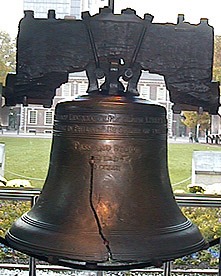Normal distribution

The normal distribution, also known as the Gaussian distribution, is a statistical distribution used for measuring populations and quantifying uncertainty for objects and concepts that are at least moderately normal.
Due to the lack of normality in the modern world, the normal distribution has fallen into disuse and is only of historical importance.
Mathematical foundations[edit]
The mathematical foundations of the normal distribution are a set of mathematical formulae sufficiently complex that 99% of the population will feel intimidated and agree with whatever the statistician claims concerning the distribution, out of fear that their ignorance of mathematics will be exposed.
Original derivation[edit]

The normal distribution was originally derived by Carl Friedrich Gauss while he was working on the problem of explaining how he could take three hours to pop to the shops for a bottle of milk, and why he smelt of perfume upon his return.
The typical shape of the normal distribution — the bell curve — was originally conceived when a group of mathematicians discussed what the department secretary's breasts might look like under her sweater. While several members of the group were themselves female, they had been too shy to look at their own bodies since the age of ten.
Related concepts[edit]
The normal distribution is one of a number of statistical distributions. Other distributions include the following:
- The Bizarre distribution is used in applications dealing with inexplicable quantities such as the airspeed of flying saucers.
- The Woo distribution is used to prove that Homeopathy works, even though it doesn't.
- The Braggart distribution explains how every man you meet claims to have an eight inch penis even though the average length is six inches.
It is because of Gauss's seminal work that early computer users used to have to de-Gauss their screens periodically to get a normal distribution of colors. Any damp wash-rag would work; it was not necessary to obtain a Gauss pad.
| |||||||||||||||||||||||||||||||||||||||||||||||||